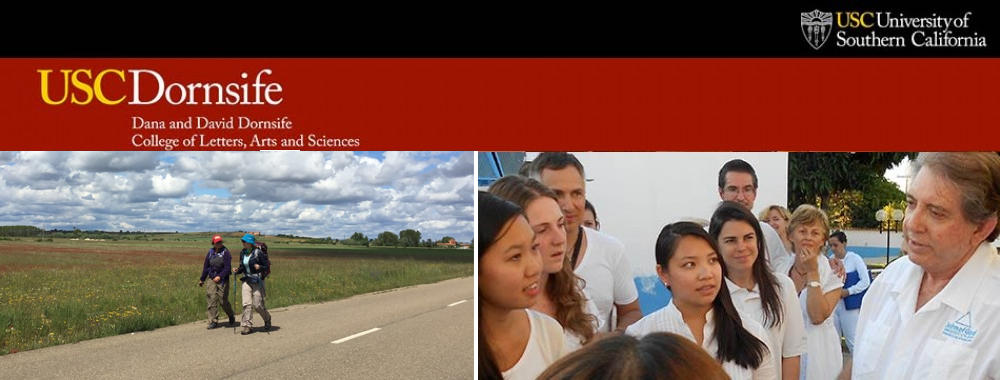The mind has tremendous power over the body. The difference between healing and curing may not be evident to most, but on the Camino we see examples of both. I personally did not encounter pilgrims who sought either healing or curing specifically but a Mecca in Lisbon paid homage to biomedicine and preventative curing can be seen amongst the older population. This is a unique way to consider biomedicine and also the mental aspects of dis-ease.
The largest age demographic of pilgrims on the central Portuguese route were individuals in their mid sixties or higher. A common theme was the desire to have a physical challenge before reaching a particular age. A German woman– now reaching retirement– went on her first Camino after seeing her parents age poorly. She was unsure what condition she would be in, and wanted to live without regret or wonder. She had the mental desire to do the Camino, and since has done multiple routes. She was willing to go through the physical challenges and had the mental drive to do so. While we cannot say that this kept her in top physical condition, her mental state can be seen as a factor in defying age stereotypes and barriers.
While slightly different from our class discussion on curing versus healing this may be looked at as preventative healing. As with the Commonweal (Michael Warner), walking was used as a method of meditation and also to help cancer patients in their healing process the mental aspects of biomedical illness. In the city of Lisbon, we can also see signs of biomedical curing and it’s overlap with healing. A large stone pillar surrounded by hundreds of photos sat near a park and medical science building in Lisbon. The photos were from contemporary times (20th century) but tombstones of the same amount were collected as well. A plaque with the name “Dr. Sousa Martins” referenced the man for whom it was built. After compiling research, I came to find that Dr. Martins was a physician in the 19th century whose work focused on treating poor tuberculosis patients. Without him, these patients would have otherwise been left to die.
Dr. Martin’s memorial has gone from historical site to a healing mecca. While he is no longer alive, his past and history within the Lisbon community greatly impact those with strong faith. He is now seen as a saint and people in need of healing come to the memorial and pray for such. His life served biomedical purposes, but his spirit after passing became a symbol– it gives his believers the power to heal mentally and therefore physically.
While curing is not a major motivation for pilgrims to go on the Camino today, healing is still important factor to consider. The older pilgrim population in part walks to push their physical capabilities, while Dr. Martins’s patients came to him to return to healthy physical states– the extraordinary verses basic wellbeing. Faith in extraordinary healing is also the main goal of those who visit Dr. Martins’s monument today. The mind-body connection is powerful as we saw in class. The motivation and dedication that pilgrims have to complete the Camino to the best of their abilities affects the body in a powerful way.
